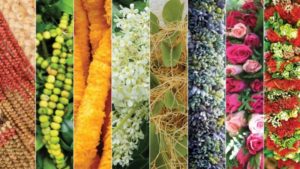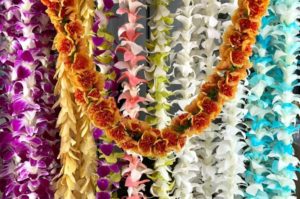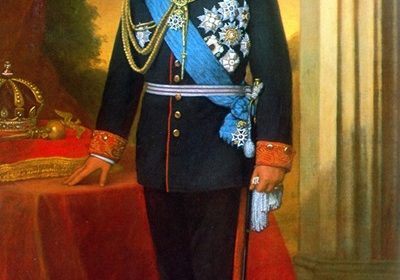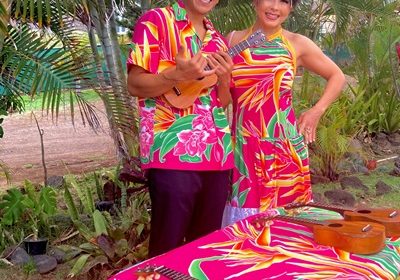May Day is Lei Day in Hawaii
Hawaii residents honor special people and achievements with lei year-round. But on May 1 each year, the humble lei itself is feted with honors as May Day is Lei Day in Hawaii.
The roots of Hawaii’s Lei Day celebration can be traced back to 1901 and a church on the island of Hawaii, which presented the first public performance of the song “Na Lei O Hawaii,” honoring the goddess Hiiakaikapoliopele and her travels across the Islands. The song also recounts lei symbolic of each island.
As the song became a favorite at gatherings over the next decade, one particular performance in 1909 included pageantry with participants dressing in island colors and wearing island lei. Following in the wake of that performance, today’s Lei Day celebrations date back to 1928 and the first official Lei Day in Honolulu on Oahu.
The spirit of that original Lei Day has continued annually for nine decades as celebrations have grown in communities across the Hawaiian Islands. Featuring a lei contest, lei and craft vendors, music and hula, the City and County of Honolulu will again hold its annual Lei Day Celebration on May 1 at Kapiolani Park in Waikiki. The Hawaii Tourism Authority is proud to support this and other Lei Day celebrations throughout Hawaii.

Did you know that each Hawaiian island has a lei that represents it?
• Niihau’s lei is made of tiny pupu, or shells, unique to the island’s shores.
• Kauai’s lei is made of the fragrant mokihana berry.
• Oahu’s flower is the paper-thin ilima blossom, of which thousands are needed to string a lei.
• Molokai’s lei is kukui, the fruit of the candlenut tree, found in the island’s famed Lanikaula grove.
• Lanai’s lei is the kaunaoa, a stringy plant that grows along the ground near the shore.
• Kahoolawe’s lei is the long-lasting hinahina.
• Maui’s lei is the lokelani, a little pink rose introduced to Maui in the 1800s.
• The island of Hawaii’s lei is crafted with lehua, the small red blossoms of the ohia tree.




